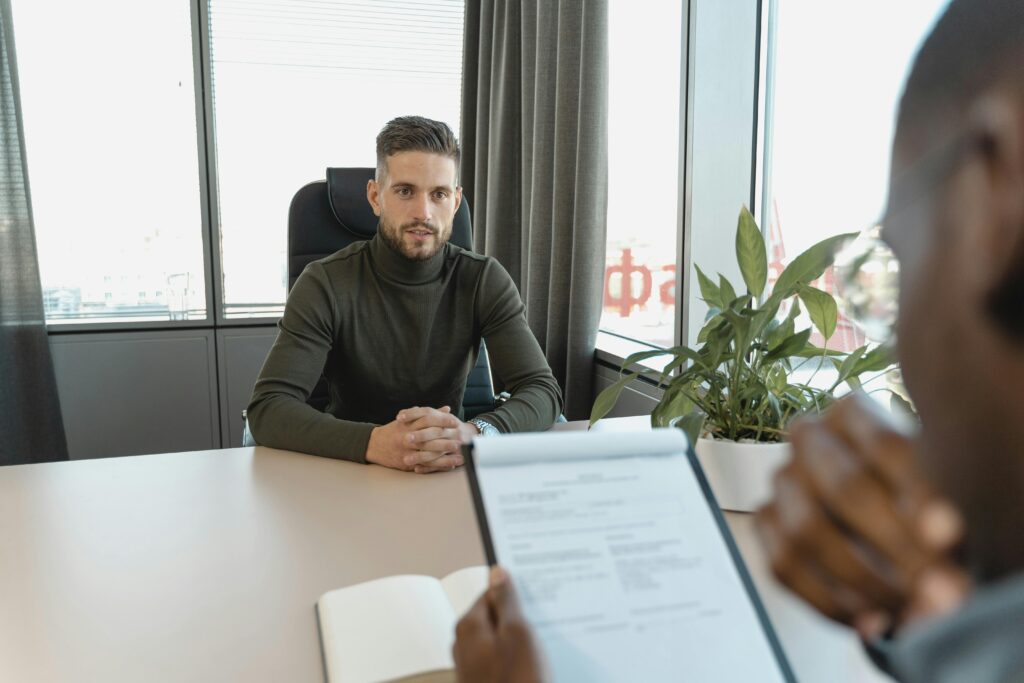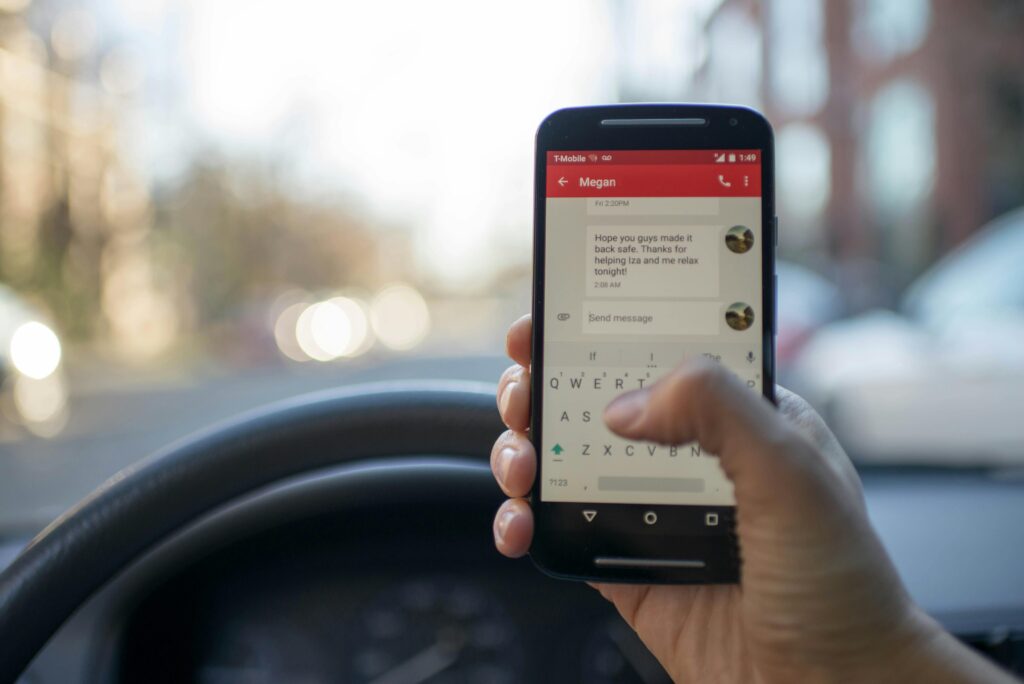The Ultimate Guide: How to Follow Up on a Job Interview

Table of Contents
After an important job interview, the question often lingers: how can you effectively follow up? The right follow-up can significantly impact your chances of landing the position, showcasing your enthusiasm, professionalism, and attention to detail. In this comprehensive guide, we will delve into the best practices for following up after a job interview, ensuring you leave a lasting impression and stay top-of-mind with your potential employer.
Why Following Up After a Job Interview is Crucial

A recent survey by Jobvite revealed that 75% of recruiters prefer candidates who follow up after an interview. This statistic underscores a critical point: a well-timed follow-up can often set you apart from other applicants. Not only does it demonstrate your interest in the position, but it also allows you to reinforce your fit for the role.
Following up shows initiative, and it can also clarify any points you might not have fully communicated during the interview. Whether you were nervous or faced a challenging question, this additional communication can be pivotal.
Timing: When to Follow Up
Timing is everything when it comes to following up. Generally, you should wait about 24 to 48 hours after your interview before reaching out. This timeframe allows the interviewers to decompress and start making decisions.
Fast Track: When You Should Wait Longer
In some circumstances, it might be advisable to wait longer:
- Multiple Interview Rounds: If there are several interview stages, wait a bit longer for your follow-up, as decisions may not be made immediately.
- Company Norms: Some companies have specific timelines for their hiring process. Respect that rhythm.
Crafting an Effective Follow-Up Message

Your follow-up message should be concise, professional, and thoughtful. Here’s a structured approach:
1. Subject Line
Keep your subject line clear and direct. Options could include:
- “Thank You – [Your Name]”
- “Follow-Up on Interview for [Job Title] Position”
2. Address the Right Person
Make sure to address your email to the main interviewer or hiring manager. Using their name adds a personal touch.
3. Express Gratitude
Start your message by expressing appreciation for the opportunity. Here’s an example:
“Thank you for taking the time to meet with me on [date]. I enjoyed our conversation about [specific topic discussed].”
4. Mention Specifics
Reference specific points from your interview to illustrate your engagement and reinforce your qualifications:
“I found our discussion on [specific project or company challenge] particularly insightful, and I am excited about the prospect of contributing to [specific goal or project].”
5. Reiterate Your Interest
Make sure to clearly communicate your enthusiasm for the position and the company:
“I am very enthusiastic about the opportunity to join your team and contribute to [specific company initiative].”
6. End with a Call to Action
Close your email inviting further conversation or next steps:
“Please let me know if you need any additional information from my side. I look forward to hearing from you regarding the next steps in the hiring process.”
Example Follow-Up Email
Subject: Thank You – [Your Name]
Dear [Interviewer’s Name],
Thank you for taking the time to meet with me on [date]. I enjoyed our conversation about [specific topic discussed].
I was particularly intrigued by [specific project or challenge discussed], and I am excited about the possibility of contributing to [specific goal or project].
I remain very enthusiastic about the opportunity to join your team at [Company Name] and support your initiatives related to [specific area].
Please let me know if you require any additional information from my side. I look forward to your response regarding the next steps in the hiring process.
Warm regards,
[Your Name][Your LinkedIn profile or contact information]
Alternative Follow-Up Methods

In addition to email, consider other follow-up methods:
Phone Calls
If the company’s culture is more casual or if you were encouraged to reach out, a phone call can be appropriate. Prepare points you want to discuss to avoid sounding unprepared.
LinkedIn Connect
If you did not connect with the interviewer previously, consider sending a LinkedIn connection request with a personal note. This can further establish rapport and keep you on their radar.
Common Follow-Up Mistakes to Avoid
While following up is essential, some common pitfalls can undermine your efforts:
1. Being Overly Eager
Avoid sending multiple follow-ups. One well-timed note is usually sufficient.
2. Generic Messages
Make sure your follow-up is personalized and specific to your interview, as this shows authenticity.
3. Ignoring Company Culture
Be mindful of the company’s communication style. If the environment is formal, keep your tone professional. If it’s casual, you can bring a little warmth into your message!
Best Practices in Following Up
Here are some best practices to keep in mind as you craft your follow-up strategy:
- Proofread Thoroughly: Check for spelling and grammar errors that can undermine your professionalism.
- Keep It Short: Aim for a few concise paragraphs that respect the recipient’s time.
- Set a Reminder for a Second Follow-Up: If you haven’t heard back within a week or two, a polite follow-up can be helpful.
Conclusion: Make Your Follow-Up Count
In summary, knowing how to follow up after a job interview can significantly enhance your chances of securing the position. By timing your message correctly, crafting a thoughtful email, and avoiding common pitfalls, you set yourself apart from other candidates.
Don’t underestimate the power of a well-executed follow-up; it’s an essential step in the job-seeking process that not only reinforces your interest but also showcases your professionalism.
Have you had success with your post-interview follow-ups? Share your experiences in the comments below or check out our related articles for more career tips! If you have any questions or need assistance, don’t hesitate to reach out – we’re here to help you navigate your job search journey!



